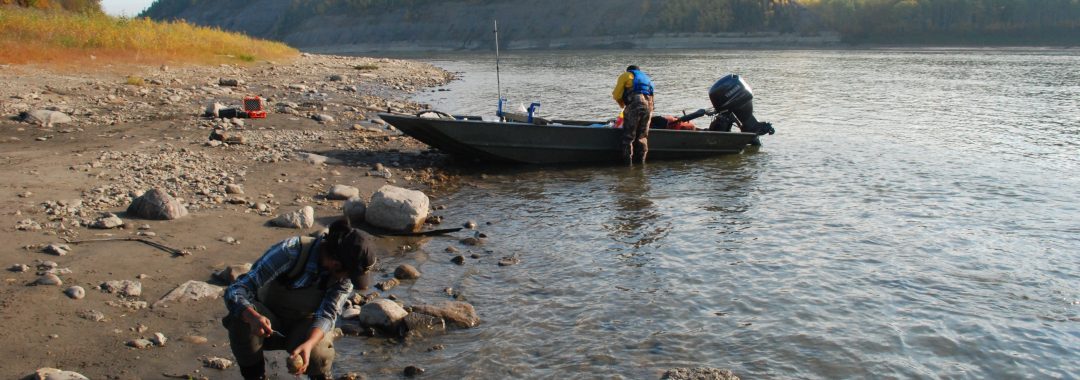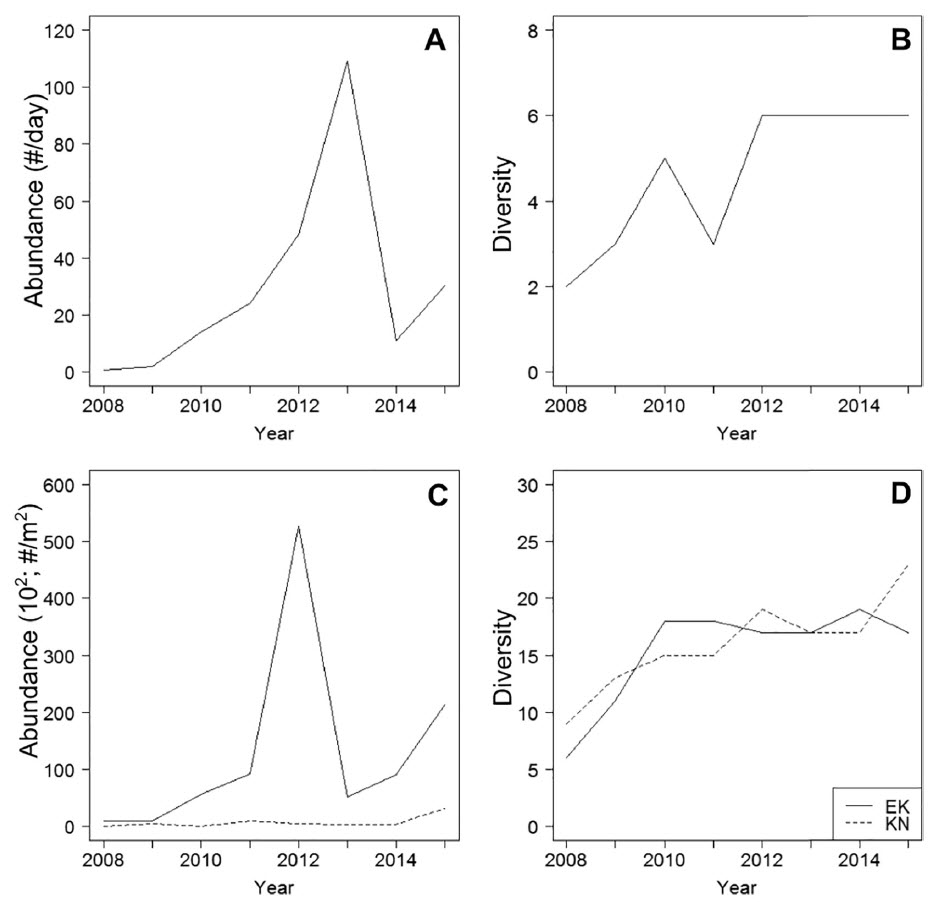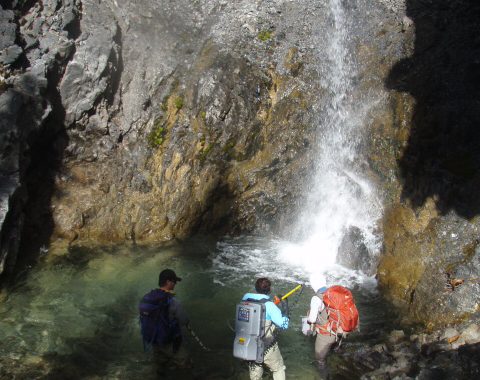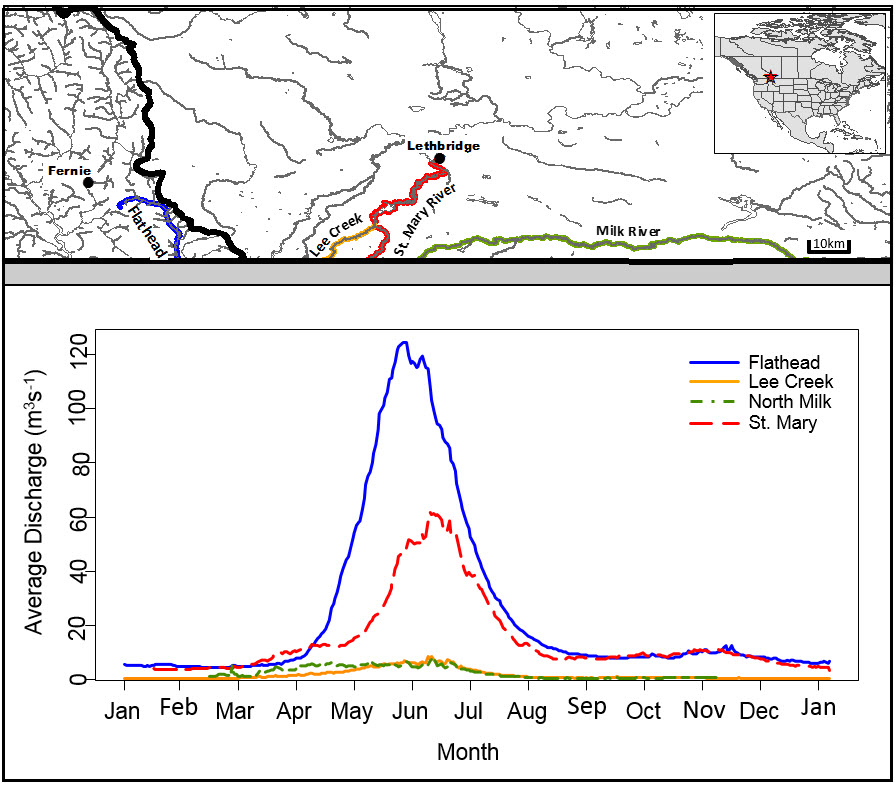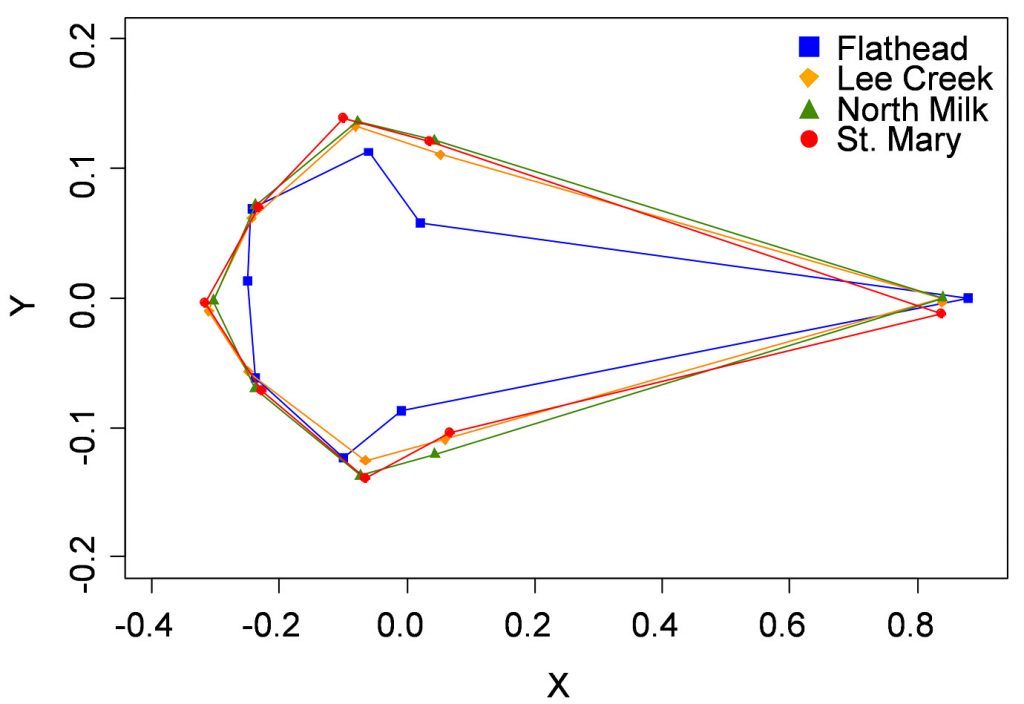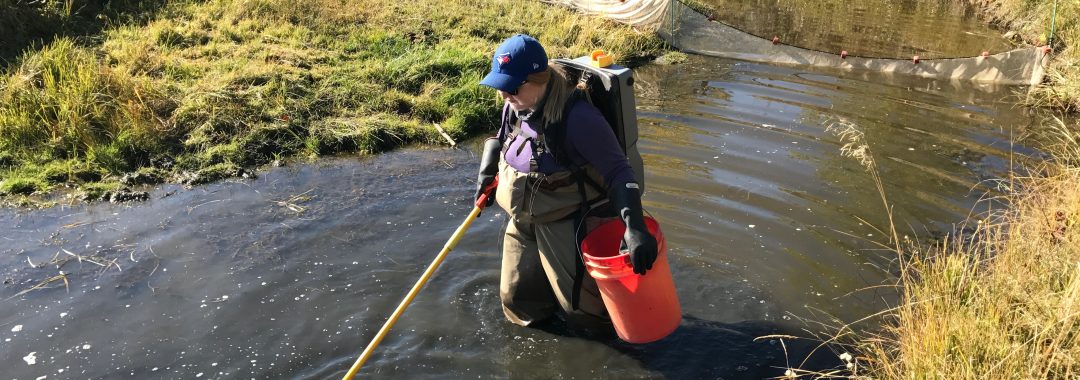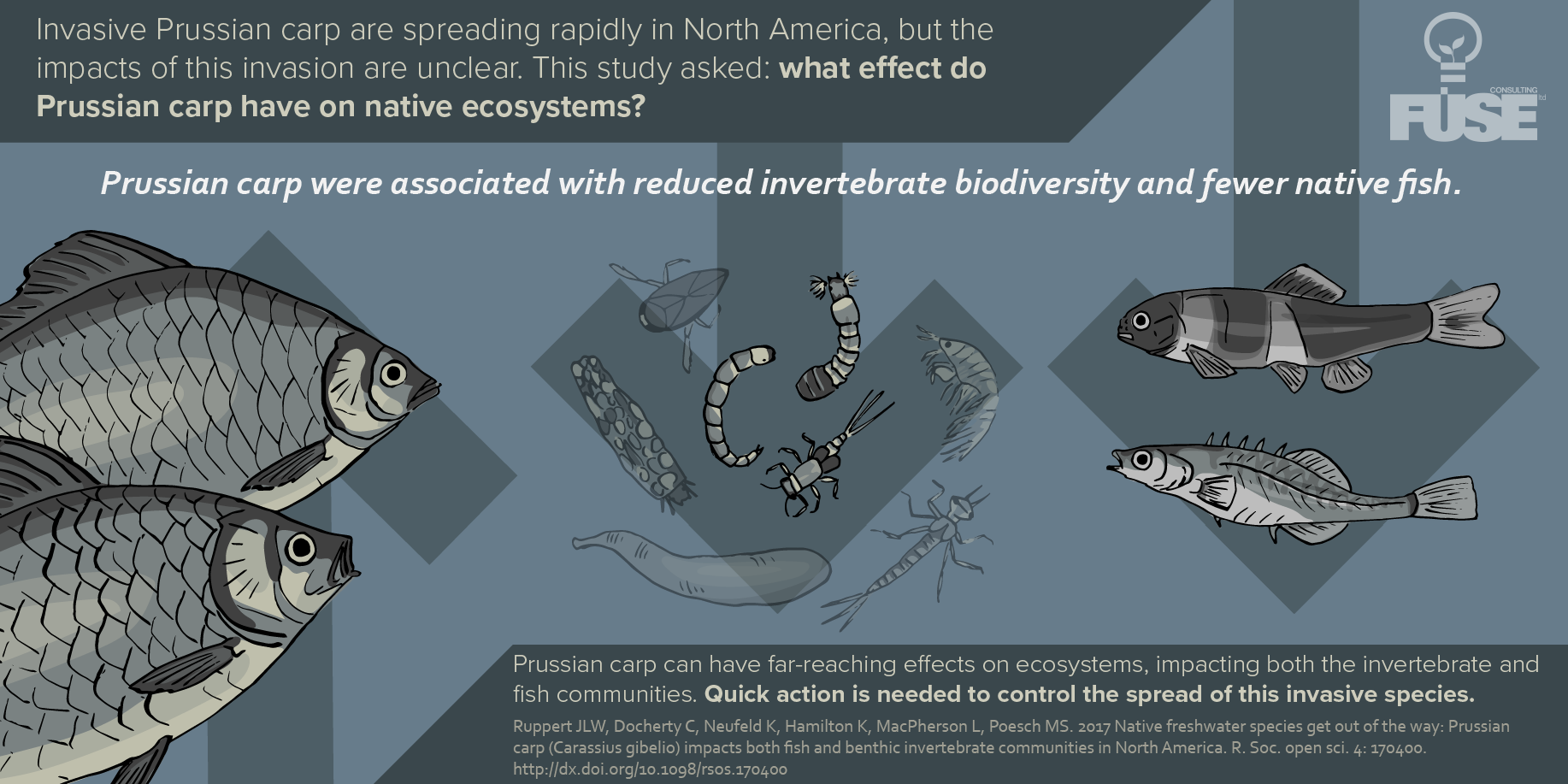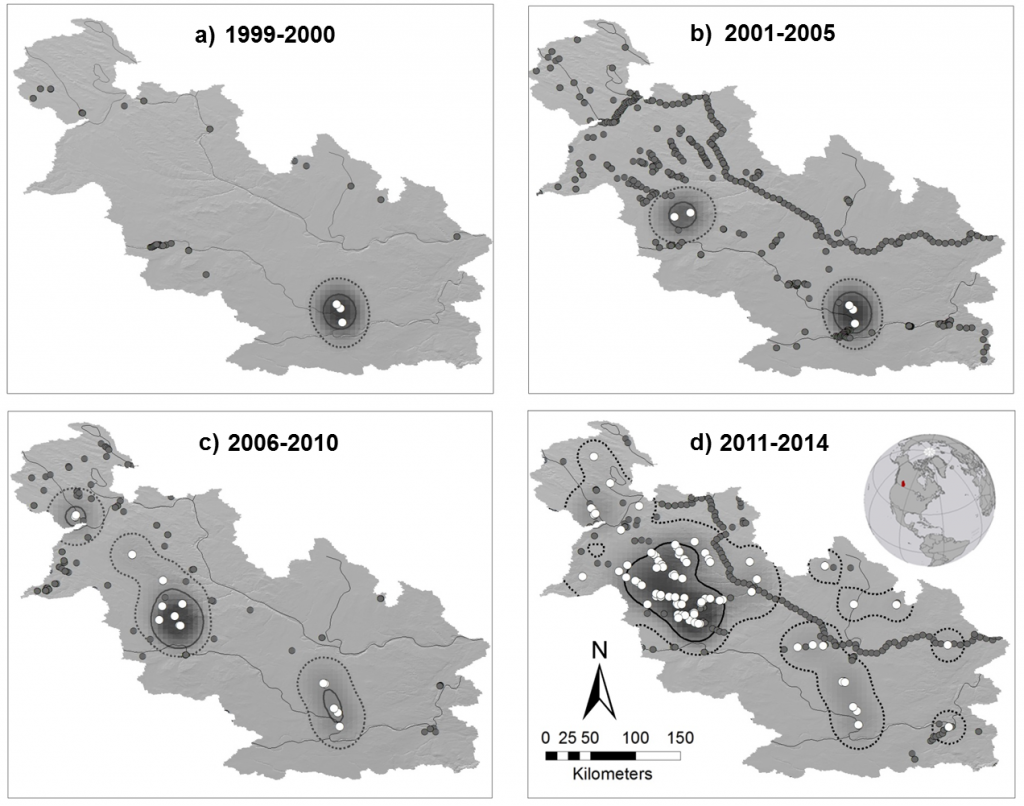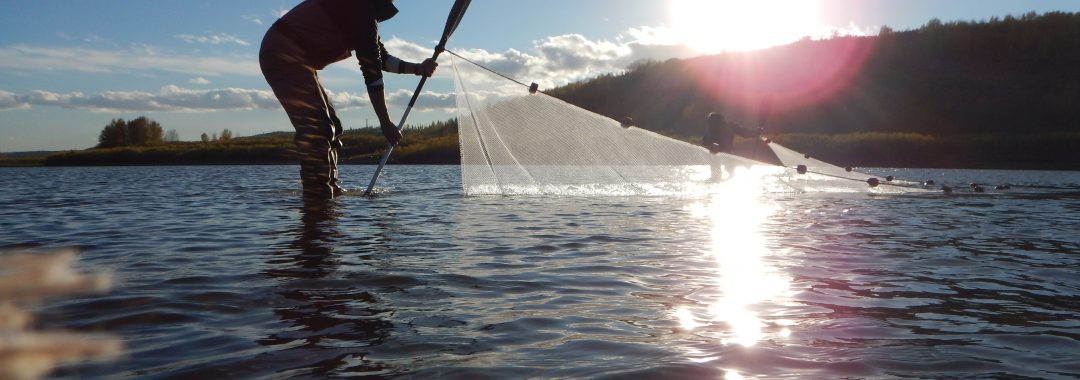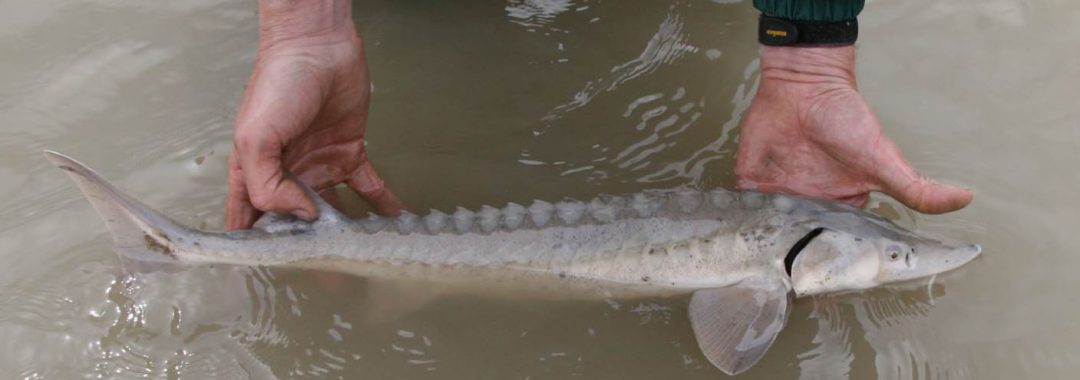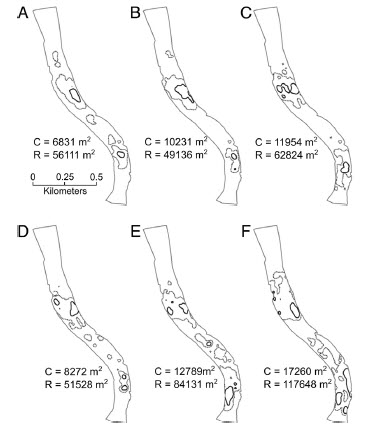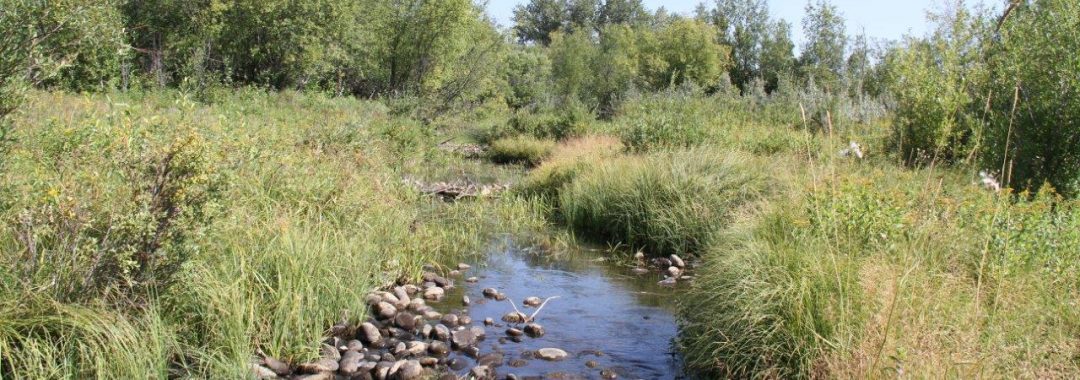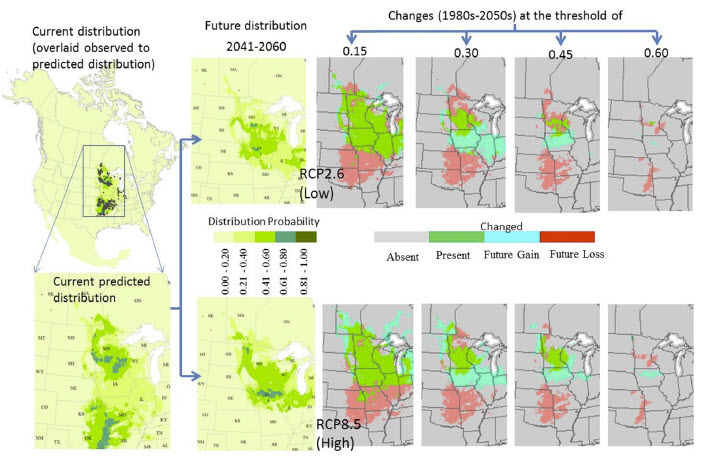Abstract:
It has been suggested that open pit mining and upgrading of bitumen in northern Alberta releases Tl and other potentially toxic trace elements to the Athabasca River and its watershed. We examined Tl and other trace elements in otoliths of Trout-perch (Percopsis omiscomaycus), a non-migratory fish species, collected along the Athabasca River. Otoliths were analyzed using ICP-QMS, following acid digestion, in the metal-free, ultraclean SWAMP laboratory. Compared to their average abundance in the dissolved (< 0.45 micron) fraction of Athabasca River, Tl showed the greatest enrichment in otoliths of any of the trace elements, with enrichments decreasing in the order Tl, Sr, Mn, Zn, Ba, Th, Ni, Rb, Fe, Al, Cr, Ni, Cu, Pb, Co, Li, Y, V, and Mo. Normalizing Tl in the otoliths to the concentrations of lithophile elements such as Li, Rb, Al or Y in the same tissue reveals average enrichments of 177, 22, 19 and 190 times, respectively, relative to the corresponding ratios in the water. None of the element concentrations (Tl, Li, Rb, Al, Y) or ratios were significantly greater downstream of industry compared to upstream. This natural bioaccumulation of Tl most likely reflects the similarity in geochemical and biological properties of Tl+ and K+.
Citation: Shotyk, W., Bicalho, B., Cuss, C.W., Nagel, A., Noernberg, T., Poesch, M.S., and N.R. Sinnatamby*. (2018) Bioaccumulation of Tl in otoliths of Trout-perch (Percopsis omiscomaycus) from the Athabasca River, upstream and downstream of bitumen mining and upgrading. Science of the Total Environment 650(2): 2559-2566.
Graphical Abstract
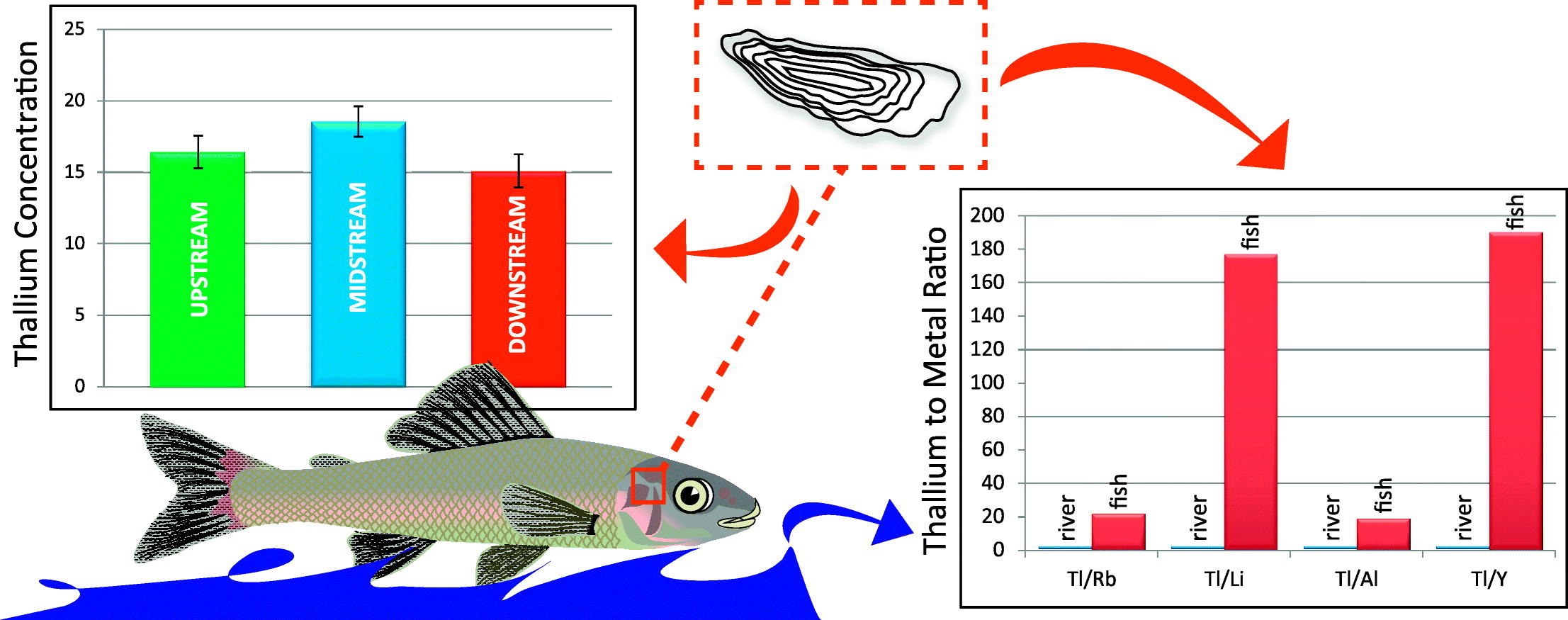
Also Read:
* Lab members: Nilo Sinnatamby, Mark Poesch. Check out opportunities in the lab!

